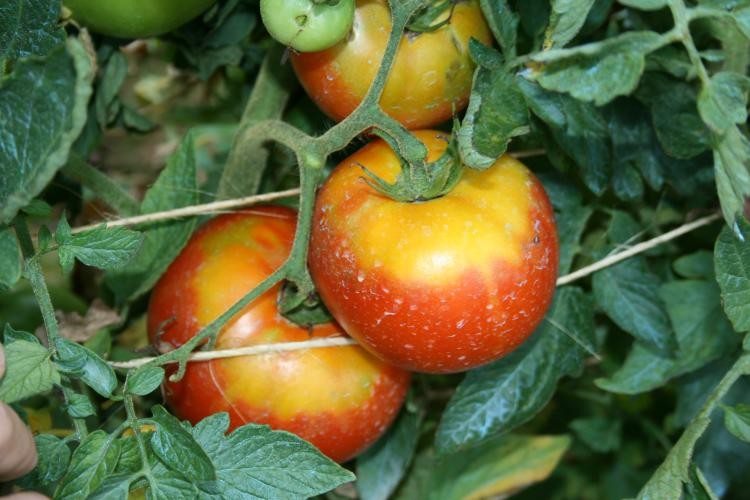Fondness For Tulip Trees - A Towering Tree Near To My Heart


We have a towering tulip tree growing at the side of our property, maybe some 30-40 or so feet from the house - somewhat close but not too much. Its trunk is forked as if two trees combined into one, and I've always loved this tree for the unique character it provides. Unfortunately, my husband doesn't feel the same.
My Fondness for Tulip Trees - At Least This One
Sometimes referred to as a tulip poplar, or just a poplar where I'm from in North Carolina, this tree has no relation to a poplar tree at all. To be honest, I'm not really sure how or why they're called poplars. Maybe it comes from its popularity with woodworkers and having been "popular" at the time, perhaps our southern dialect got confused with poplar. Who really knows? All I know is that the tulip tree (Liriodendron tulipifera) is actually related to magnolia, and I find it to be a lovely tree. Of course, not many others share this fondness for tulip trees.
I will admit there's a downside to having or growing this tree. First of all, tulip trees are fast growers and can reach soaring heights. This can overpower a small landscape. Ours was already on the property, happily growing along the outskirts of a partially wooded area. Also, its limbs are fairly brittle and prone to snap easily in the wind, leaving small twigs and debris all over. Just this past fall, we had a huge storm roll through and my office window was greeted with a big boom as a large branch from the tree blew into it. And, sadly, during periods of drought and extreme heat, the tree may yellow and drop its leaves. Ours even has an on-and-off again relationship with honeydew, likely from common pests that affect the tree. These are all the reasons why my hubby wants to get rid of it. But I just can't.
This particular tulip tree holds far too many memories and offers so much appeal. Once spring arrives, it showcases the prettiest tulip-like blooms from which its name derives. A tulip tree in bloom is eye candy to gardeners like me that have waited impatiently for warm temperatures and springtime color. Those flowers provide sustenance for pollinators too. It's also home to a myriad of birds, and the squirrels seem to favor the tree almost as much as me. My favorite feature of the tree is that forked trunk, which I think gives it a unique presence. The kids used to climb up there. And one of the biggest limbs branched out into the side yard, holding the tire swing our children used to play on when little. During summer when we all wanted to rest and cool off a bit, the tree provided much needed shade and a great place to sit. It still does. And come fall, when not adversely affected by drought, its foliage is beaming with bright gold.
Of course, all the kids are grown now and the tire swing long gone. And that wooded area has since been cleared. I talked my husband into leaving that tree, at least for now, though we have pruned many of the branches back. It stands out nicely now that all the undergrowth from around it has been removed and garden beds added. In fact, it's one of my favorite spots and I'm still working on those beds. I intend to keep the tree for as long as possible. And I'm looking forward to my tulip tree in bloom again right around the corner.
Sign up for the Gardening Know How newsletter today and receive a free copy of our e-book "How to Grow Delicious Tomatoes".

Nikki Tilley has been gardening for nearly three decades. The former Senior Editor and Archivist of Gardening Know How, Nikki has also authored six gardening books.